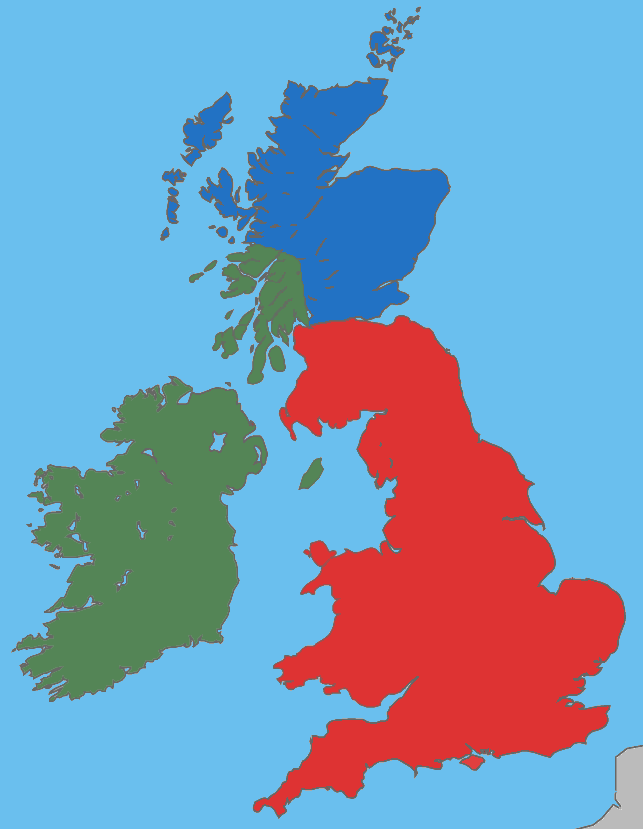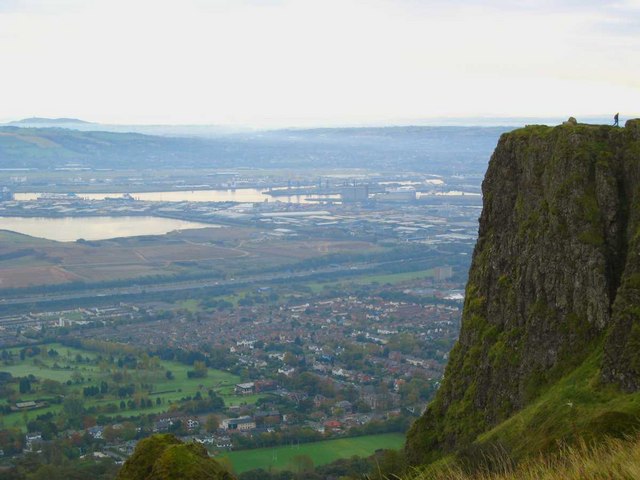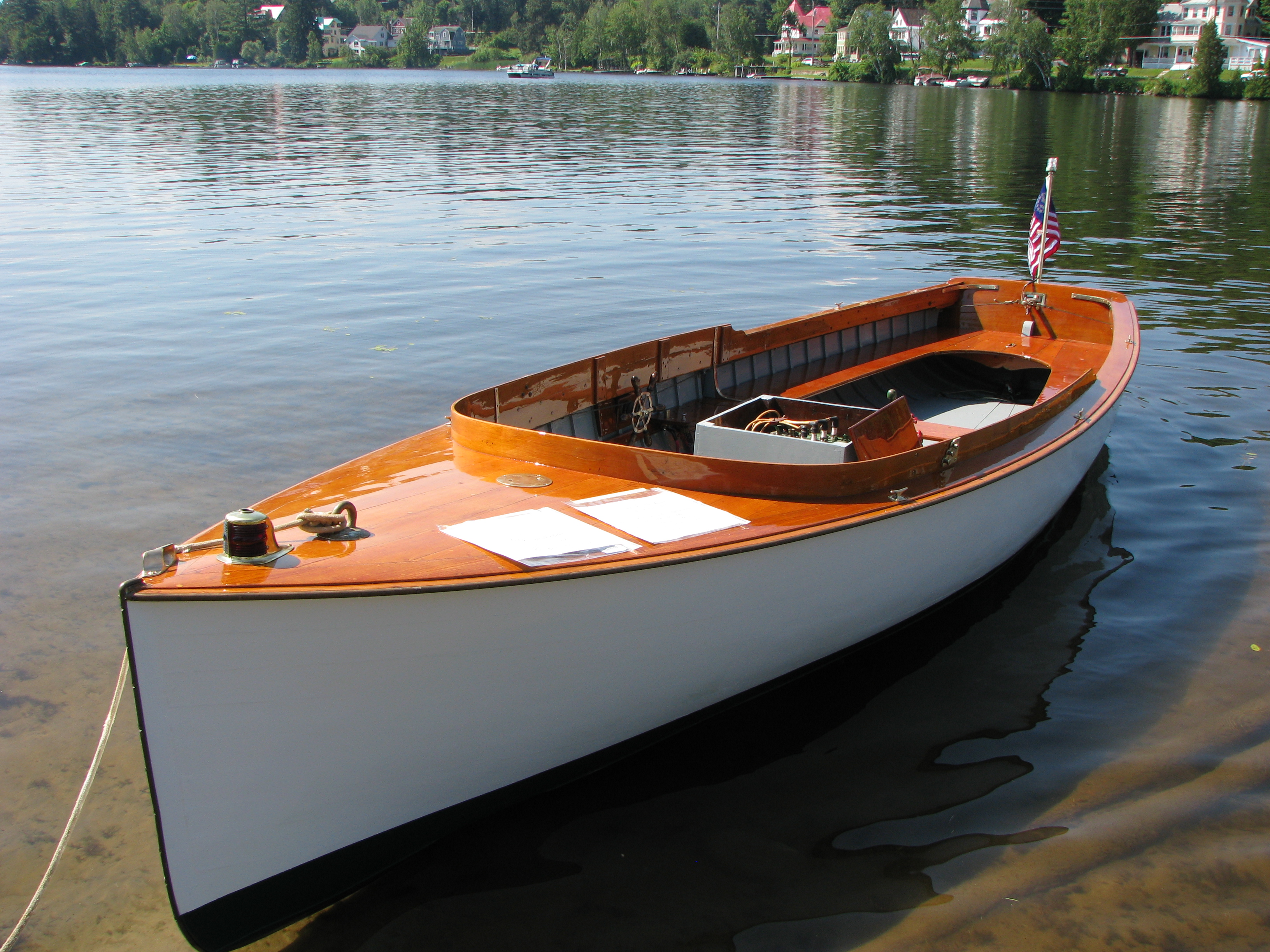|
Sir John Magill's Last Journey
''Sir John Magill’s Last Journey'' is a 1930 detective novel by the Irish writer Freeman Wills Crofts. It is the sixth in his series of novels featuring Inspector French, a prominent figure of the Golden Age of Detective Fiction. Much of the novel takes place in Northern Ireland, particularly around Belfast, where Crofts had spent a great deal of his younger years before moving to England. As with many of his puzzle mysteries its solution revolves around railway timetables as well as the possible distance a boat could cover in a certain time. Crofts' admiration for the Royal Ulster Constabulary, and implicitly the Northern Irish state, is clear throughout the novel although it features little direct reference to politics. In spite of this it was published in the Irish Free State and translated into Gaelic. Synopsis When Sir John Magill, an Irish linen millionaire, disappears on a rare visit to Belfast, the assistance of Scotland Yard is sought. Some years earlier, Magill tur ... [...More Info...] [...Related Items...] OR: [Wikipedia] [Google] [Baidu] |
Freeman Wills Crofts
Freeman Wills Crofts FRSA (1 June 1879 – 11 April 1957) was an Irish mystery author, best remembered for the character of Inspector Joseph French. A railway engineer by training, Crofts introduced railway themes into many of his stories, which were notable for their intricate planning. Although outshone by Agatha Christie, Raymond Chandler and other more celebrated authors from the golden age of detective fiction, he was highly esteemed by those authors, and many of his books are still in print. Birth and education Crofts was born at 26 Waterloo Road, Dublin, Ireland. His father, also named Freeman Wills Crofts, was a surgeon-lieutenant in the Army Medical Service but he died of fever in Honduras before the young Freeman Wills Crofts was born. In 1883, Crofts' mother, née Celia Frances Wise, married the Venerable Jonathan Harding, Vicar of Gilford, County Down, later Archdeacon of Dromore, and Crofts was brought up in the vicarage at Gilford. He attended Methodist Co ... [...More Info...] [...Related Items...] OR: [Wikipedia] [Google] [Baidu] |
Gaelic Language
The Goidelic or Gaelic languages ( ga, teangacha Gaelacha; gd, cànanan Goidhealach; gv, çhengaghyn Gaelgagh) form one of the two groups of Insular Celtic languages, the other being the Brittonic languages. Goidelic languages historically formed a dialect continuum stretching from Ireland through the Isle of Man to Scotland. There are three modern Goidelic languages: Irish ('), Scottish Gaelic ('), and Manx ('). Manx died out as a first language in the 20th century but has since been revived to some degree. Nomenclature ''Gaelic'', by itself, is sometimes used to refer to Scottish Gaelic, especially in Scotland, and so it is ambiguous. Irish and Manx are sometimes referred to as Irish Gaelic and Manx Gaelic (as they are Goidelic or Gaelic languages), but the use of the word "Gaelic" is unnecessary because the terms Irish and Manx, when used to denote languages, always refer to those languages. This is in contrast to Scottish Gaelic, for which "Gaelic" distinguishes the ... [...More Info...] [...Related Items...] OR: [Wikipedia] [Google] [Baidu] |
Oxford University Press
Oxford University Press (OUP) is the university press of the University of Oxford. It is the largest university press in the world, and its printing history dates back to the 1480s. Having been officially granted the legal right to print books by decree in 1586, it is the second oldest university press after Cambridge University Press. It is a department of the University of Oxford and is governed by a group of 15 academics known as the Delegates of the Press, who are appointed by the vice-chancellor of the University of Oxford. The Delegates of the Press are led by the Secretary to the Delegates, who serves as OUP's chief executive and as its major representative on other university bodies. Oxford University Press has had a similar governance structure since the 17th century. The press is located on Walton Street, Oxford, opposite Somerville College, in the inner suburb of Jericho. For the last 500 years, OUP has primarily focused on the publication of pedagogical texts a ... [...More Info...] [...Related Items...] OR: [Wikipedia] [Google] [Baidu] |
Cavehill
Cave Hill or Cavehill is a rocky hill overlooking the city of Belfast, Northern Ireland, with a height of . It is marked by basalt cliffs and caves, and its distinguishing feature is 'Napoleon's Nose', a tall cliff which resembles the profile of the emperor Napoleon. On top of this are the remains of an ancient promontory fort called McArt's Fort. Cavehill was also historically called 'Ben Madigan' (from ga, Beann Mhadagáin, "Madagán’s peak"), after a king of Ulster called Madagán who died in 856AD. It forms part of the Belfast Hills and marks the southeastern edge of the Antrim Plateau. All of Belfast can be seen from its peak, as can the Isle of Man and Scotland on clear days. Like Arthur's Seat in Edinburgh, it lies just a few miles from the centre of a major city. Cave Hill is thought to be the inspiration for Jonathan Swift's ''Gulliver's Travels''. Swift imagined that Cave Hill resembled the shape of a sleeping giant safeguarding the city. Cavehill is als ... [...More Info...] [...Related Items...] OR: [Wikipedia] [Google] [Baidu] |
Silk
Silk is a natural protein fiber, some forms of which can be woven into textiles. The protein fiber of silk is composed mainly of fibroin and is produced by certain insect larvae to form cocoons. The best-known silk is obtained from the cocoons of the larvae of the mulberry silkworm '' Bombyx mori'' reared in captivity ( sericulture). The shimmering appearance of silk is due to the triangular prism-like structure of the silk fibre, which allows silk cloth to refract incoming light at different angles, thus producing different colors. Silk is produced by several insects; but, generally, only the silk of moth caterpillars has been used for textile manufacturing. There has been some research into other types of silk, which differ at the molecular level. Silk is mainly produced by the larvae of insects undergoing complete metamorphosis, but some insects, such as webspinners and raspy crickets, produce silk throughout their lives. Silk production also occurs in hymenopte ... [...More Info...] [...Related Items...] OR: [Wikipedia] [Google] [Baidu] |
Synthetic Fiber
Synthetic fibers or synthetic fibres (in British English; see spelling differences) are fibers made by humans through chemical synthesis, as opposed to natural fibers that are directly derived from living organisms, such as plants (like cotton) or fur from animals. They are the result of extensive research by scientists to replicate naturally occurring animal and plant fibers. In general, synthetic fibers are created by extruding fiber-forming materials through spinnerets, forming a fiber. These are called synthetic or artificial fibers. The word polymer comes from a Greek prefix "poly" which means "many" and suffix "mer" which means "single units". (Note: each single unit of a polymer is called a monomer). Early experiments The first fully synthetic fiber was glass. Joseph Swan invented one of the first artificial fibers in the early 1880s; today it would be called semisynthetic in precise usage. His fiber was drawn from a cellulose liquid, formed by chemically modifyi ... [...More Info...] [...Related Items...] OR: [Wikipedia] [Google] [Baidu] |
Scotland
Scotland (, ) is a country that is part of the United Kingdom. Covering the northern third of the island of Great Britain, mainland Scotland has a border with England to the southeast and is otherwise surrounded by the Atlantic Ocean to the north and west, the North Sea to the northeast and east, and the Irish Sea to the south. It also contains more than 790 islands, principally in the archipelagos of the Hebrides and the Northern Isles. Most of the population, including the capital Edinburgh, is concentrated in the Central Belt—the plain between the Scottish Highlands and the Southern Uplands—in the Scottish Lowlands. Scotland is divided into 32 administrative subdivisions or local authorities, known as council areas. Glasgow City is the largest council area in terms of population, with Highland being the largest in terms of area. Limited self-governing power, covering matters such as education, social services and roads and transportation, is devolved from the ... [...More Info...] [...Related Items...] OR: [Wikipedia] [Google] [Baidu] |
Launch (boat)
Launch is a name given to several different types of boat. The wide range of usage of the name extends from utilitarian craft through to pleasure boats built to a very high standard. In naval use, the launch was introduced as a ship's boat towards the end of the 17th century. On each warship, the launch was usually the largest boat out of those carried aboard. It could be propelled by oar or sail, with this type remaining in service into the 20th century. Steam launches were introduced on a trial basis in 1867, but as steam-powered ship's boats became more common, the majority were steam pinnaces. Other military examples were the various motor launches used in the 20th century, employed for harbour defence, anti-submarine patrols, escorting coastal convoys, minesweeping and recovering aircrew from crashed aircraft. Generally, these were decked boats, some of which were capable of fast speeds. A powered boat operated by a regulatory or official organisation may be termed a la ... [...More Info...] [...Related Items...] OR: [Wikipedia] [Google] [Baidu] |
Stranraer Railway Station
, symbol_location = gb , symbol = rail , image = Stranraer railway station.jpg , caption = 156 434 at Stranraer , borough = Stranraer, Dumfries and Galloway , country = Scotland , coordinates = , grid_name = Grid reference , grid_position = , manager = ScotRail , platforms = 2 (1 in use) , code = STR , original = Portpatrick Railway , pregroup = Portpatrick and Wigtownshire Joint Railway , postgroup = London Midland and Scottish Railway , years = 1 October 1862 , events = Opened as ''Stranraer Harbour'' , years1 = by 1996 , events1 = Renamed ''Stranraer'' , mpassengers = , footnotes = Passenger statistics from the Office of Rail and Road Stranraer railway station (formerly known as Stranraer Harbour railway station) is a railway sta ... [...More Info...] [...Related Items...] OR: [Wikipedia] [Google] [Baidu] |
Euston Railway Station
Euston railway station ( ; also known as London Euston) is a central London railway terminus in the London Borough of Camden, managed by Network Rail. It is the southern terminus of the West Coast Main Line, the UK's busiest inter-city railway. Euston is the eleventh-busiest station in Britain and the country's busiest inter-city passenger terminal, being the gateway from London to the West Midlands, North West England, North Wales and Scotland. Intercity express passenger services are operated by Avanti West Coast and overnight services to Scotland are provided by the Caledonian Sleeper. London Northwestern Railway and London Overground provide regional and commuter services. Trains run from Euston to the major cities of Birmingham, Manchester, Liverpool, Glasgow and Edinburgh. It is also the mainline station for services to and through to for connecting ferries to Dublin. Local suburban services from Euston are run by London Overground via the Watford D ... [...More Info...] [...Related Items...] OR: [Wikipedia] [Google] [Baidu] |
Boat Train
A boat train is a passenger train operating to a port for the specific purpose of making connection with a passenger ship, such as a ferry, ocean liner, or cruise ship. Through ticketing is normally available. __NOTOC__ Notable named boat trains *'' Admiraal de Ruijter'', – (1987– 2006) *''Benjamin Britten'', London Liverpool Street – Amsterdam Centraal (1987– ?) *'' La Flèche d'Or'' (''Golden Arrow''), Paris Gare du Nord – Calais-Maritime (1929–1972) *''The Golden Arrow'', London Victoria – Dover Marine (1929–1972) *''The Cunarder'' ** London Waterloo – Southampton Docks (Ocean Terminal) **London Euston – Liverpool Riverside ** Glasgow Central – Greenock Prince’s Pier *'' Night Ferry'', – Paris Nord / Brussels Midi/Zuid (1936–1980) *''The Statesman'', London Waterloo – Southampton Docks (Ocean Terminal) *'' The Steam Boat'', Toronto – Port McNicoll See also *Train ferry, which carries rai ... [...More Info...] [...Related Items...] OR: [Wikipedia] [Google] [Baidu] |
Country Estate
An estate is a large parcel of land under single ownership, which would historically generate income for its owner. British context In the UK, historically an estate comprises the houses, outbuildings, supporting farmland, and woods that surround the gardens and grounds of a very large property, such as a country house, mansion, palace or castle. It is the modern term for a manor, but lacks a manor's now-abolished jurisdiction. The "estate" formed an economic system where the profits from its produce and rents (of housing or agricultural land) sustained the main household, formerly known as the manor house. Thus, "the estate" may refer to all other cottages and villages in the same ownership as the mansion itself, covering more than one former manor. Examples of such great estates are Woburn Abbey in Bedfordshire, England, and Blenheim Palace, in Oxfordshire, England, built to replace the former manor house of Woodstock. In a more urban context are the "Great Estates" in ... [...More Info...] [...Related Items...] OR: [Wikipedia] [Google] [Baidu] |

.jpg)






